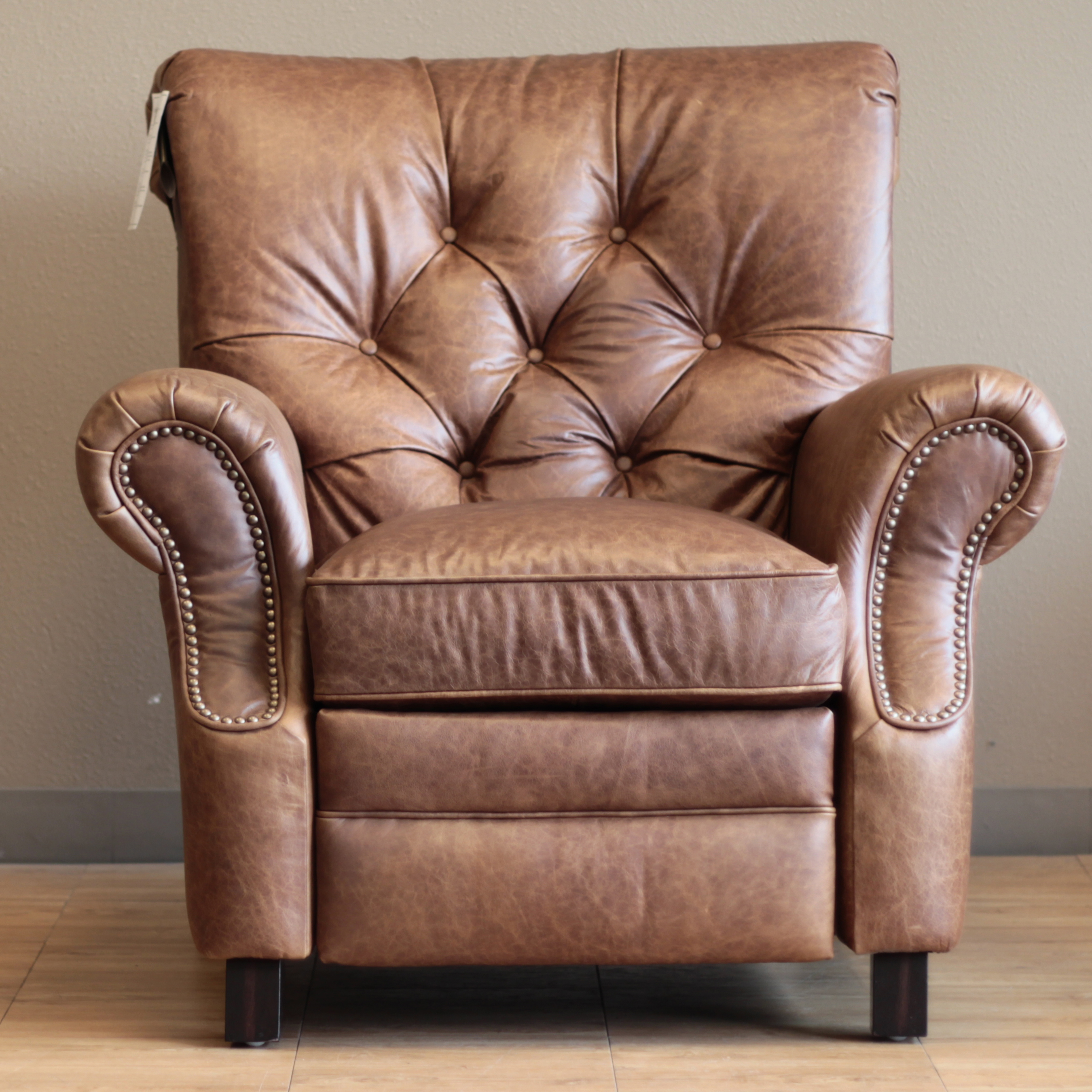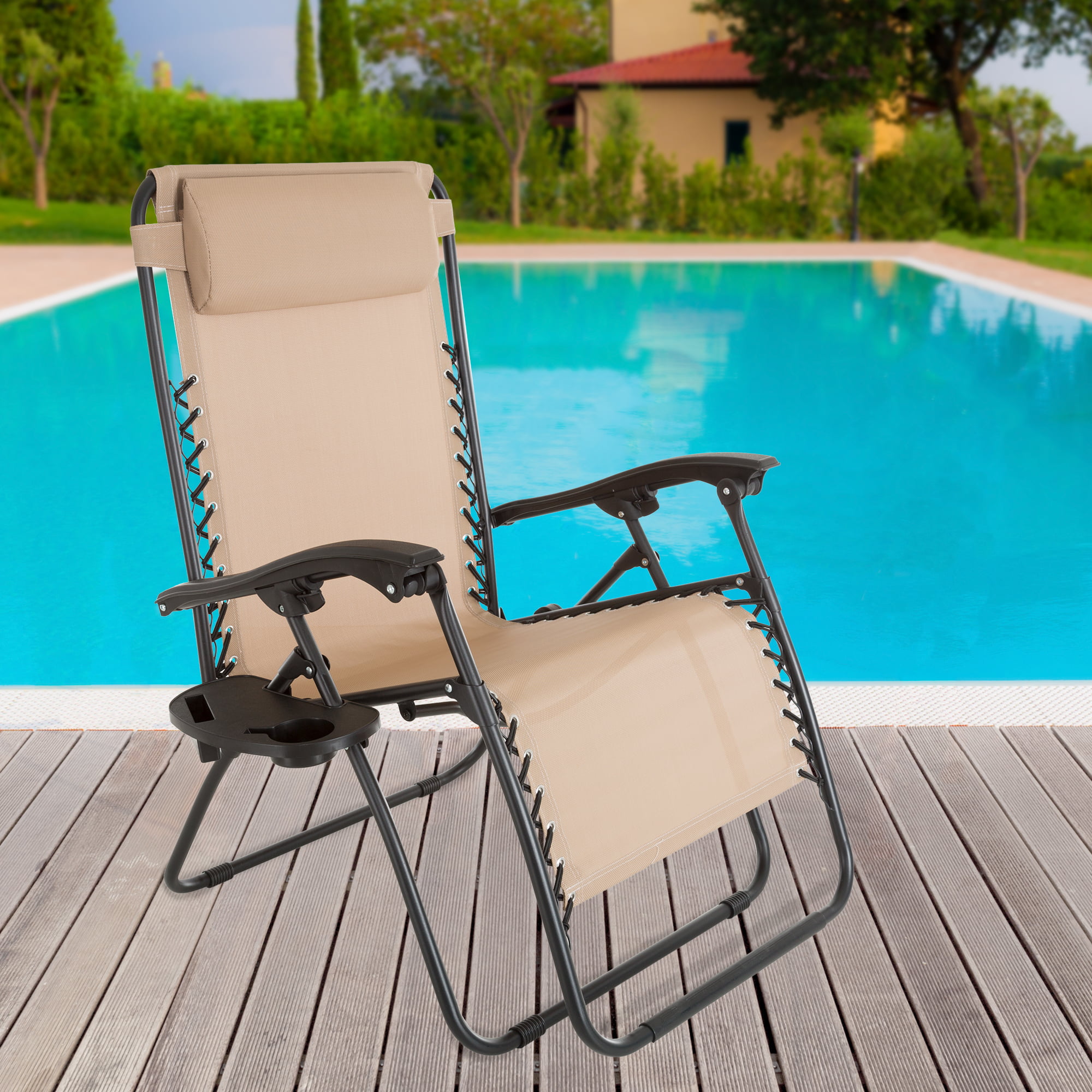Psychological Impact

Laying back in a chair can have a profound impact on our mood and mental state, influencing our stress levels, relaxation, and even our sense of self. By shifting our posture, we can trigger a cascade of physiological and psychological responses that can enhance our well-being.
Stress Reduction and Relaxation
The act of reclining in a chair can promote relaxation by activating the parasympathetic nervous system, which is responsible for the body’s “rest and digest” response. This physiological shift helps reduce stress hormones like cortisol, leading to a sense of calm and tranquility. The physical support provided by the chair allows muscles to relax, easing tension and promoting a sense of ease.
Confidence and Self-Esteem
The posture of laying back in a chair can also influence our feelings of confidence and self-esteem. When we sit upright with our shoulders back, we project an image of strength and self-assurance. This posture can also trigger a release of endorphins, which are hormones associated with feelings of happiness and well-being.
Cultural Perspectives
Different cultures and societies have varying perspectives on the act of laying back in a chair. In some cultures, reclining is seen as a sign of relaxation and leisure, while in others, it may be considered disrespectful or unprofessional. For instance, in Western cultures, reclining in a chair during a formal meeting might be seen as disrespectful, whereas in some Eastern cultures, it may be considered a comfortable and acceptable posture.
Cultural and Social Significance: Laying Back In Chair

The act of laying back in a chair is more than just a physical act; it holds deep cultural and social significance, reflecting our values, aspirations, and even our anxieties. It is a universal human experience that has been depicted in art, literature, and film for centuries, revealing how chairs have become symbols of power, comfort, and social status.
Chairs in Art, Literature, and Film
The portrayal of chairs in art, literature, and film offers a glimpse into the cultural and social context of different eras. From iconic paintings like “The Arnolfini Portrait” by Jan van Eyck, where a chair signifies wealth and status, to the minimalist chairs in modern art, the depiction of chairs has evolved alongside societal changes.
- Literature: In literature, chairs often symbolize power, authority, and social hierarchy. For instance, the throne chair, a symbol of royal authority, appears prominently in numerous literary works, from Shakespeare’s plays to fantasy novels. Chairs also serve as metaphors for comfort, introspection, and contemplation, as seen in works by authors like Ernest Hemingway and Virginia Woolf.
- Film: Filmmakers often use chairs to create a sense of place, mood, and character. For example, the iconic “thinking chair” in the film “The Shawshank Redemption” represents hope and resilience, while the leather armchair in the film “The Godfather” signifies power and control.
- Art: In art, chairs have been a subject of exploration since the Renaissance. From the elaborate chairs in still-life paintings to the minimalist chairs in modern art, chairs have been used to convey a wide range of emotions, ideas, and social commentary.
Chairs in Different Settings, Laying back in chair
Chairs are ubiquitous, found in homes, offices, and public spaces, each setting reflecting different social and cultural norms.
- Homes: Chairs in homes are often associated with comfort, relaxation, and family life. They provide a space for gathering, socializing, and engaging in personal activities. Different types of chairs, such as armchairs, recliners, and dining chairs, reflect different functions and styles within the home.
- Offices: Chairs in offices are often associated with work, productivity, and professionalism. They are designed for comfort and support, allowing individuals to work efficiently for extended periods. The type of chair used in an office can also reflect the individual’s status and position within the organization.
- Public Spaces: Chairs in public spaces, such as parks, libraries, and waiting areas, are often designed for accessibility and functionality. They provide a place for people to rest, socialize, or wait. The design and placement of chairs in public spaces can influence how people interact with the environment.
The Evolution of Chair Design
The evolution of chair design reflects the changing needs, technologies, and cultural values of different societies throughout history.
- Ancient Times: Early chairs, found in ancient Egypt and Mesopotamia, were primarily used by the elite and served as symbols of power and status. They were often made of wood, stone, or ivory and were elaborately decorated.
- Medieval Period: During the Middle Ages, chairs continued to be associated with power and authority. The throne chair, a symbol of royal power, became a prominent feature in medieval art and architecture.
- Renaissance: The Renaissance saw a renewed interest in classical art and design, leading to the development of more elegant and comfortable chairs. Chairs became more elaborate, with intricate carvings and upholstery.
- 18th Century: The 18th century saw the rise of the Rococo style, characterized by its ornate and whimsical designs. Chairs during this period were often made of mahogany and featured curved lines and elaborate upholstery.
- 19th Century: The Industrial Revolution led to the mass production of chairs, making them more affordable and accessible to a wider population. New materials, such as metal and plastic, were introduced, leading to a greater variety of chair designs.
- 20th Century: The 20th century saw the rise of modernism and functionalism in design. Chairs became more minimalist and streamlined, focusing on comfort and functionality. The development of new materials, such as aluminum and fiberglass, led to the creation of lightweight and durable chairs.
Laying back in chair – Laying back in a chair can be a relaxing and comfortable posture, but it can also convey a range of messages depending on the context. For men, in particular, leaning back in a chair can be a subtle form of non-verbal communication, often interpreted as a sign of confidence or dominance.
To better understand the nuances of this gesture, it’s helpful to consider the broader context of the situation, such as the individual’s overall body language and the environment they’re in. Male body language leaning back in a chair can offer valuable insights into how someone is feeling and how they perceive their surroundings, so paying attention to these subtle cues can enhance your understanding of social dynamics.
Sometimes, the best way to de-stress after a long day is to simply lay back in a comfortable chair and let your worries melt away. If you’re looking for a chair that’s both stylish and supportive, the homcom office chair mid linen back grey might be the perfect choice.
Its linen back and comfortable padding will cradle you in comfort, allowing you to fully relax and enjoy the moment.